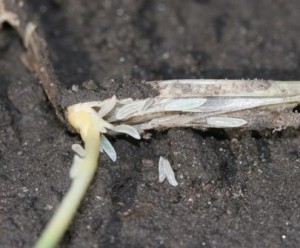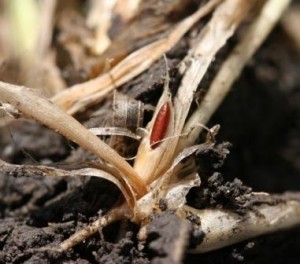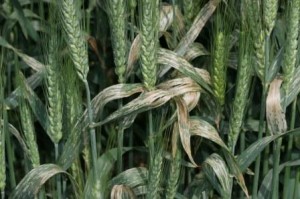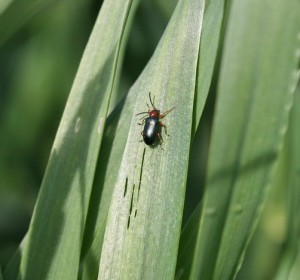Wheat
go.ncsu.edu/readext?357079
en Español / em Português
El inglés es el idioma de control de esta página. En la medida en que haya algún conflicto entre la traducción al inglés y la traducción, el inglés prevalece.
Al hacer clic en el enlace de traducción se activa un servicio de traducción gratuito para convertir la página al español. Al igual que con cualquier traducción por Internet, la conversión no es sensible al contexto y puede que no traduzca el texto en su significado original. NC State Extension no garantiza la exactitud del texto traducido. Por favor, tenga en cuenta que algunas aplicaciones y/o servicios pueden no funcionar como se espera cuando se traducen.
Português
Inglês é o idioma de controle desta página. Na medida que haja algum conflito entre o texto original em Inglês e a tradução, o Inglês prevalece.
Ao clicar no link de tradução, um serviço gratuito de tradução será ativado para converter a página para o Português. Como em qualquer tradução pela internet, a conversão não é sensivel ao contexto e pode não ocorrer a tradução para o significado orginal. O serviço de Extensão da Carolina do Norte (NC State Extension) não garante a exatidão do texto traduzido. Por favor, observe que algumas funções ou serviços podem não funcionar como esperado após a tradução.
English
English is the controlling language of this page. To the extent there is any conflict between the English text and the translation, English controls.
Clicking on the translation link activates a free translation service to convert the page to Spanish. As with any Internet translation, the conversion is not context-sensitive and may not translate the text to its original meaning. NC State Extension does not guarantee the accuracy of the translated text. Please note that some applications and/or services may not function as expected when translated.
Collapse ▲Wheat Insect Pest Management
Wheat is the largest acreage small grain crop in North Carolina, planted mainly as soft red winter wheat. The most important known yield-limiting insect pests of wheat in the state are the cereal leaf beetle (Oulema melanopus L.), Hessian fly (Mayetiola destructor Say), and aphids (Aphididae), which transmit barley yellow dwarf virus. Management strategies and tactics for these pests are shifting with changing agronomic practices and their effectiveness is mixed. For example, volunteer wheat is important in maintaining Hessian fly populations throughout the year. Elimination of volunteer wheat can reduce population abundance below economically damaging levels (Zeiss 1989, Zeiss et al. 1993). When North Carolina soybeans fields (without a gene conferring herbicide resistance) are planted into no-till wheat stubble, this effective tactic is eliminated as a management tactic.
Wheat Insect Pests

Hessian Fly Maggots

Hessian Fly Pupae

Cereal leaf beetle damage

Cereal Leaf Beetle adult
References
Zeiss, M.L. 1989. Elements of the ecology of Hessian fly, Mayetiola destructor Say, affecting its cultural management in double-cropped wheat in the Piedmont. M.S. thesis. North Carolina State University, Raleigh, NC
Zeiss, M.L., R.L. Brandenburg, and J.W. Van Duyn. 1993. Effect of disk harrowing on subsequent emergence of Hessian fly (Diptera: Cecidomyiidae) adults from wheat stubble. J. Entomol. Sci. 28: 8-15.


